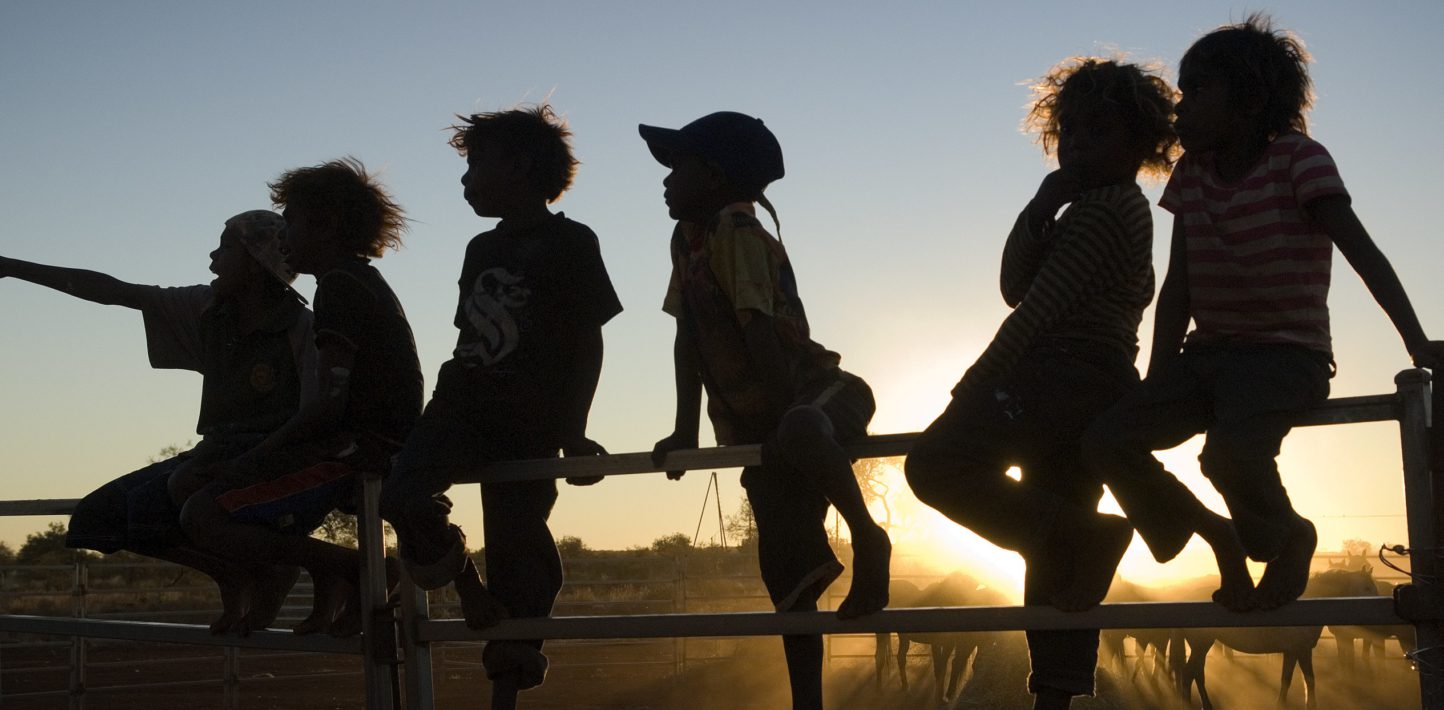Is it OK to call someone an ‘Aboriginal person’? And why are so many Indigenous kids in Australia – some as young as 10 – being locked up? Here is your chance to find out.
1. Who are the world’s Indigenous Peoples?
More than 370 million people across 70 countries worldwide identify as Indigenous. They belong to more than 5,000 different groups, and speak more than 4,000 languages. ‘Indigenous Peoples’ is the accepted way of referring to them all as a collective group – the equivalent of saying ‘the British’, or ‘Australians’.
In international law, ‘Indigenous’ acknowledges that a person’s ancestors lived on particular lands, before new people arrived and became dominant. Indigenous Peoples have their own unique customs and cultures, and often face difficult realities such as having their land taken away, and being treated as second-class citizens.
2. Who are the Indigenous Peoples of Australia?
They are the proud keepers of arguably the oldest continuous culture on the planet. Their heritage spans many different communities, each with its own unique mixture of cultures, customs and languages. Before the European invasion in 1788 there were more than 250 Indigenous nations, each with several clans.
Torres Strait Islanders, from the islands between north-eastern Queensland and Papua New Guinea, originate from Melanesia in the western Pacific, and have their own distinct culture.
3. Is it OK to call Indigenous Australians ‘Aborigines’?
‘Aborigine’ is generally perceived as insensitive, because it has racist connotations from Australia’s colonial past, and lumps people with diverse backgrounds into a single group. You’re more likely to make friends by saying ‘Aboriginal person’, ‘Aboriginal’ or ‘Torres Strait Islander’.
If you can, try using the person’s clan or tribe name. And if you are talking about both Aboriginal and Torres Strait Islander people, it’s best to say either ‘Indigenous Australians’ or ‘Indigenous people’.
Without a capital “a”, “aboriginal” can refer to an Indigenous person from anywhere in the world. The word means “original inhabitant” in Latin.
Tammy Solonec (above, left) from Amnesty Australia talks to a young woman in Bourke, New South Wales, May 2015. A new project for young Indigenous people, which redirects money spent on prisons to community initiatives, is being piloted in Bourke. © Lisa Hogben/Amnesty International
4. How did Indigenous Australians live before Europeans arrived?
They were great storytellers, passing on their culture through songlines – an animist belief system expressed through songs, stories, paintings and dance. They were also expert hunters and gatherers and had sophisticated ways of taking care of the land. As semi-nomadic people, they moved around with the seasons, returning every season to permanent homes where they grew crops.
5. What happened when the Europeans came?
When European colonization started in 1788, it was devastating for Australia’s Indigenous communities. Their numbers fell from around 750,000 to just 93,000 by 1900.
Thousands died as British settlers drove people off their lands, and brought killer diseases such as measles, smallpox and tuberculosis. Indigenous Australians were segregated from the rest of society, forced to adopt British customs and abandon their own culture. Many even had their children taken away.
The population began to recover in the early 1900s and by 2011 there were an estimated 669,900 Indigenous people in Australia – making up around three per cent of the country’s total inhabitants.
6. What’s the situation like now?
Racial discrimination became illegal in Australia in 1976, but that hasn’t protected Indigenous people from still being much worse off, including in terms of health, education and unemployment. Many end up trapped by poverty and crime. Today, Australia’s Indigenous kids are 24 times more likely to be locked up than their non-Indigenous classmates.
New generations have inherited their relatives’ deep trauma and anger from losing their lands, cultures and families. To make things worse, the Australian Government has trotted out policies that effectively take away Indigenous Peoples’ basic rights – such as the Northern Territory Intervention – and forced Indigenous people to abandon their homes and communities.
Indigenous kids play in the rain, Mowanjum, Western Australia, February 2015. © Ingetje Tadros/Amnesty International
7. How do Indigenous Australians respond to this discrimination?
Indigenous people in Australia continue to protest relentlessly and pushing for things to change – including on every Australia Day, 26 January. In 1938, while most other Australians were celebrating, they declared it a Day of Mourning to mark 150 years since colonization.
On the same day in 1972, they set up the Aboriginal Tent Embassy outside Australia’s Parliament House, using slogans like “We want land rights, not handouts”. It attracted unprecedented national support and still stands today. In 2000, more than 300,000 people – from all kinds of backgrounds – walked across Sydney Harbour Bridge calling for national reconciliation. And in 2015, huge rallies were held all across Australia to support remote Aboriginal communities’ right to live on their traditional lands.
8. What can I do?
Amnesty continues to campaign for Indigenous Peoples’ rights in Australia. Right now, we want to stop disproportionate numbers of Indigenous kids being locked up in Australia’s detention system, through our ‘Community is Everything’ campaign.
We want to make sure these children – some as young as 10 – can grow up in environments that nurture their potential. Indigenous Australians know what’s best for their own communities and kids; now they need our support to make it happen.
9 August is International Day of the World’s Indigenous Peoples.
Read more
Find out what motivates Tammy and the rest of Amnesty Australia’s Indigenous Rights team to do their work.


